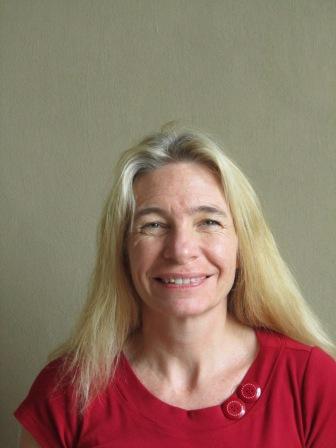
The complete antithesis of self-aggrandizement, Christine Dixie was hesitant in sharing her exciting news ?that she will be spending two months as a research fellow of the Smithsonian Institute in the USA.
The Binding, an installation, consisting of prints, three-dimensional works and ‘veils’ as well as some of her previous work, were recently acquired by the Smithsonian National Museum of African Art.
A senior lecturer at the Rhodes Fine Art Department, Christine says she is thrilled (and a little daunted) to be granted the opportunity to view a mere smidgeon of the museum’s exceptional collections, which number at around 140 million items.
The Smithsonian Museum(SM) is the largest museum complex in the world, with most of its 19 museums, nine research centres and a zoo located in Washington, D.C. as well as sites located elsewhere, including New York City and Panama.
Unique among artist residency programmes, the Smithsonian Artist Research Fellowship (SARF) offers visual artists the opportunity to spend time working among the SM’s vast collections in partnership with experts, who are part of the staff.
Most of the artists selected for the fellowship are from the USA, but South African artists include Willem Boshoff, Mary Sibande and Clive van den Berg.
She says that, “coming from Grahamstown, and not having travelled much, living for two months in a city as big as Washington D.C. will be a challenge. I feel incredibly fortunate to have such an opportunity and am very excited, although I know I am also going to miss my family a lot.”
Looking at collections within the National Portrait Gallery, The National Museum of American History and The National Museum of African Art, Christine plans to focus her research on “two fantasy figures of the 19th century”? that of an angelic child and a heroic explorer. These two archetypes of the Victorian psyche “took hold of the collective imagination at the time” and continue to exert an influence on contemporary imagery.
“Using these two antithetical enactments of gender, I intend to do research at to create scenarios in which the alter-ego of each of these figures is visualised in an installation consisting of prints and three- dimensional objects.
“It will be amazing to see the contemporary collections, particularly because, in South Africa, we have limited access to a comprehensive and growing collection of contemporary work,” she says.
“It is also very different seeing works in the flesh; you get more of a sense of scale and the medium used, especially installation?you need to be there to see what the work is all about.”
By Anna-Karien Otto
